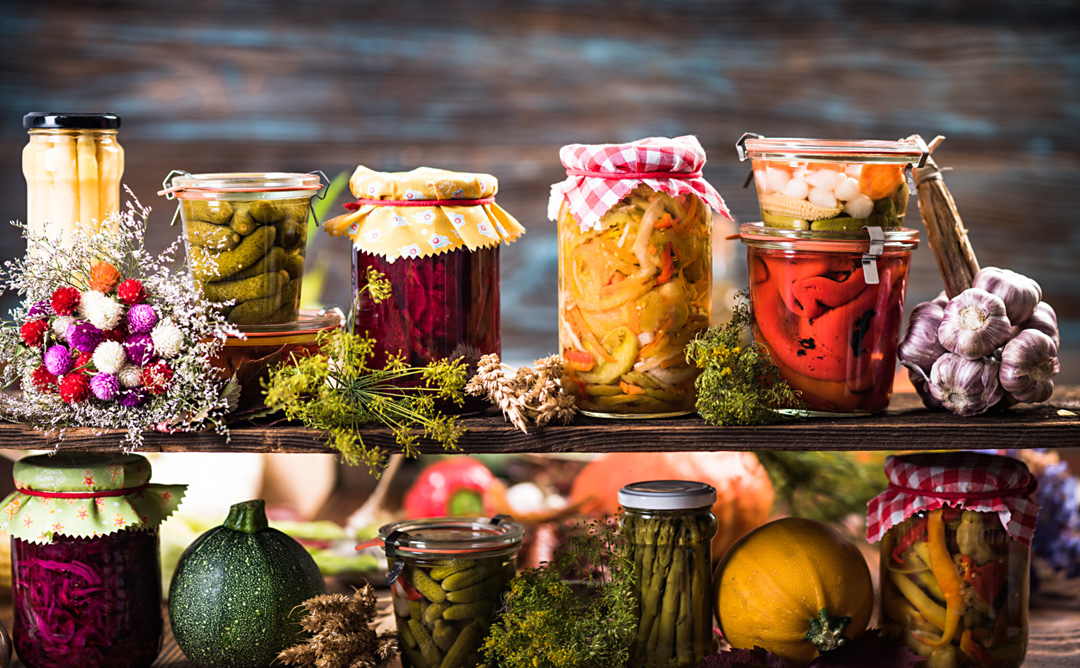
PRESERVING FRUITS AND VEGETABLES
In this blog series, we embark on a journey back to our roots, embracing the wisdom passed down through generations, my parents, Harry and Rosalie Espe, and rediscovering the art of preserving nature’s seasonal treasures. Canning and preserving not only allows us to savor the vibrant flavors of freshly harvested vegetables year-round but also empowers us to nourish our bodies with wholesome, chemical-free delights.
Living in beautiful Upstate New York meant being surrounded by an abundance of fresh, homegrown produce during the harvest season. While enjoying the seasonal bounty is a delightful experience, it’s essential to make the most of it by preserving the flavors and nutrition of the vegetables for year-round enjoyment. Canning and freezing vegetables were a staple in our house. My Dad grew up to 6 gardens each year. He would start his seeds in a handmade hotbed that was beautifully engineered. He then planted those plants in beautifully straight rows in his garden. Often, people would pull off the road to look at his garden. It was truly a work of art. We lived with the principle of food preservation that would allow you to savor the taste of summer long after the growing season has passed. We truly lived off the land.
Transforming farm-fresh vegetables into jars of healthful goodness is magic. Being able to have a taste of summer in the winter is such a blessing. I will share the most coveted recipe from my Mom and Dad, Rosie and Harry’s Homemade Pickles. (see handwritten recipe below in my Mom’s writing)
Friends and family can tell you, these were the very best. It is important to note, there is a lot of sugar and salt used in this recipe. Feel free to make this your own by using alternative ingredients. I plan to adjust 😄 I have listed some basic information if this is all new to you. Feel free to scroll if this is second nature to you.
Why Preserving Fruits and Vegetables?
Preserving fruits and vegetables through canning and freezing offers several advantages. First and foremost, it allows you to extend the shelf life of fresh produce, preventing spoilage and reducing food waste. It also enables you to enjoy the nutritional benefits of garden-fresh vegetables even during the winter months. Additionally, by preserving your own vegetables, you have control over the ingredients, ensuring a healthier and more sustainable food source for your family.
Canning Vegetables:
Canning vegetables is a time-tested method of preservation that involves heating food in jars to kill bacteria and other microorganisms, creating a sealed and shelf-stable product. Choose a cool dark place to store your treasures. We kept them in our basement. Beautifully lined shelves of Jams, Sauces, and Vegetables, were a visual thing of beauty.
Here are the key steps to canning fruits and vegetables:
- Prepare the fruits and vegetables: Start with fresh, high-quality vegetables. Wash, peel, and chop them as needed, removing any blemishes or tough parts.
- Choose a canning method: There are two common canning methods: water bath canning and pressure canning. Water bath canning is suitable for high-acid vegetables like tomatoes, while low-acid vegetables like green beans and corn require pressure canning.
Sterilize jars and lids: Clean and sterilize canning jars and lids by boiling them in water or using a dishwasher. This ensures a safe and sanitary environment for your preserved vegetables. - Pack the jars: Fill the sterilized jars with prepared fruits or vegetables, leaving appropriate headspace according to the canning recipe. Add any desired seasonings or brines.
- Process the jars: Follow the recommended processing time and temperature for your specific vegetables and canning method. This step ensures the preservation of vegetables and creates a proper seal.
Freezing Vegetables:
Freezing vegetables is another popular method of preservation that preserves the texture, color, and nutritional value of the produce.
Here are the key steps to freezing vegetables:
- Blanch the vegetables: Blanching involves briefly boiling the vegetables, then immediately cooling them in ice water. Blanching helps preserve the vegetables’ color, texture, and nutrients.
- Package for freezing: Drain the blanched vegetables and pat them dry. Package them in freezer-safe containers or freezer bags, removing as much air as possible to prevent freezer burn.
- Label and freeze: Label each package with the vegetable type and date of freezing. Place the packages in the freezer, ensuring they are stored in a flat position for efficient use of space.
Tips for Successful Preservation:
Choose fresh, high-quality fruits and vegetables at their peak ripeness for the best flavor and nutritional value. This is the most important part of this whole process.
- Properly sterilize canning jars and lids to ensure food safety.
- Use appropriate equipment, such as a pressure canner for low-acid vegetables, to ensure proper processing.
- Label all preserved vegetables with the name and date to keep track of storage times and maintain optimal quality.
Whether you choose to can or freeze your fruits and vegetables, these preservation methods offer practical solutions for extending the enjoyment of seasonal produce. So, roll up your sleeves, embrace the abundance of the harvest, and embark on the satisfying journey of preserving your own vegetables. With careful planning and proper techniques, you can create a pantry stocked with flavorful, nutritious, and homegrown delights that will warm your kitchen and nourish your body during the cold winter months.
DID YOU KNOW?
Eating pickles, particularly those made through the process of fermentation, offer several health benefits:
- Probiotic Boost: Fermented pickles are rich in beneficial bacteria, often referred to as probiotics. These probiotics help support a healthy gut microbiome, promoting digestion and aiding in nutrient absorption. Consuming pickles can contribute to balanced gut flora and overall digestive well-being.
- Improved Digestion: The fermentation process involved in making pickles can increase the bioavailability of nutrients, making them easier for your body to digest and absorb. The enzymes produced during fermentation can aid in breaking down food and supporting optimal digestion.
- Source of Antioxidants: Pickles, especially those made from cucumbers, are a source of antioxidants like vitamin C and other beneficial plant compounds. Antioxidants help protect cells from damage caused by free radicals, potentially reducing the risk of chronic diseases and supporting overall health.
- Hydration Support: Pickles made with salt and water can contribute to hydration due to their electrolyte content. Electrolytes help maintain proper fluid balance in the body, making pickles a hydrating snack, especially in hot weather or during physical activity.
- Potential Blood Sugar Regulation: Some research suggests that consuming fermented pickles may have a positive impact on blood sugar levels. The fermentation process can lower the glycemic index of foods, potentially leading to more stable blood sugar levels after consumption.
- Low-Calorie Snack Option: Pickles can be a satisfying and low-calorie snack choice, especially when compared to other processed snacks. They are generally low in calories but still offer a burst of flavor, which can help curb cravings and promote healthier snacking habits.
- Source of Vitamin K: Pickles made from cucumbers often contain vitamin K, a nutrient that plays a vital role in blood clotting and bone health. Including pickles in your diet can contribute to meeting your vitamin K needs.
- Flavorful Addition to Meals: Pickles add a tangy and refreshing flavor to dishes, enhancing their taste. They can be used as toppings for sandwiches, added to salads, or enjoyed as a side dish alongside various meals, providing an exciting and flavorful element to your culinary creations.
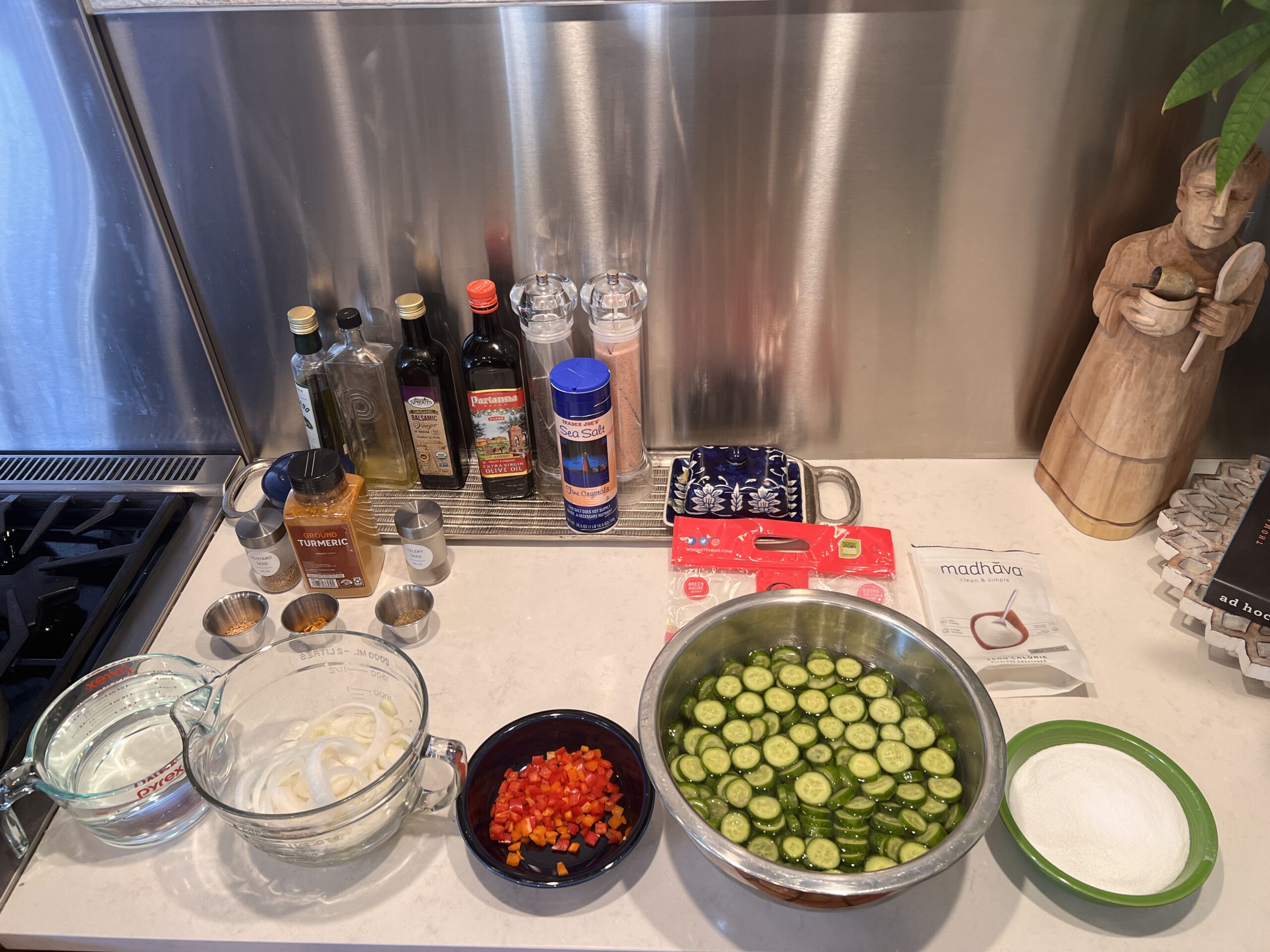
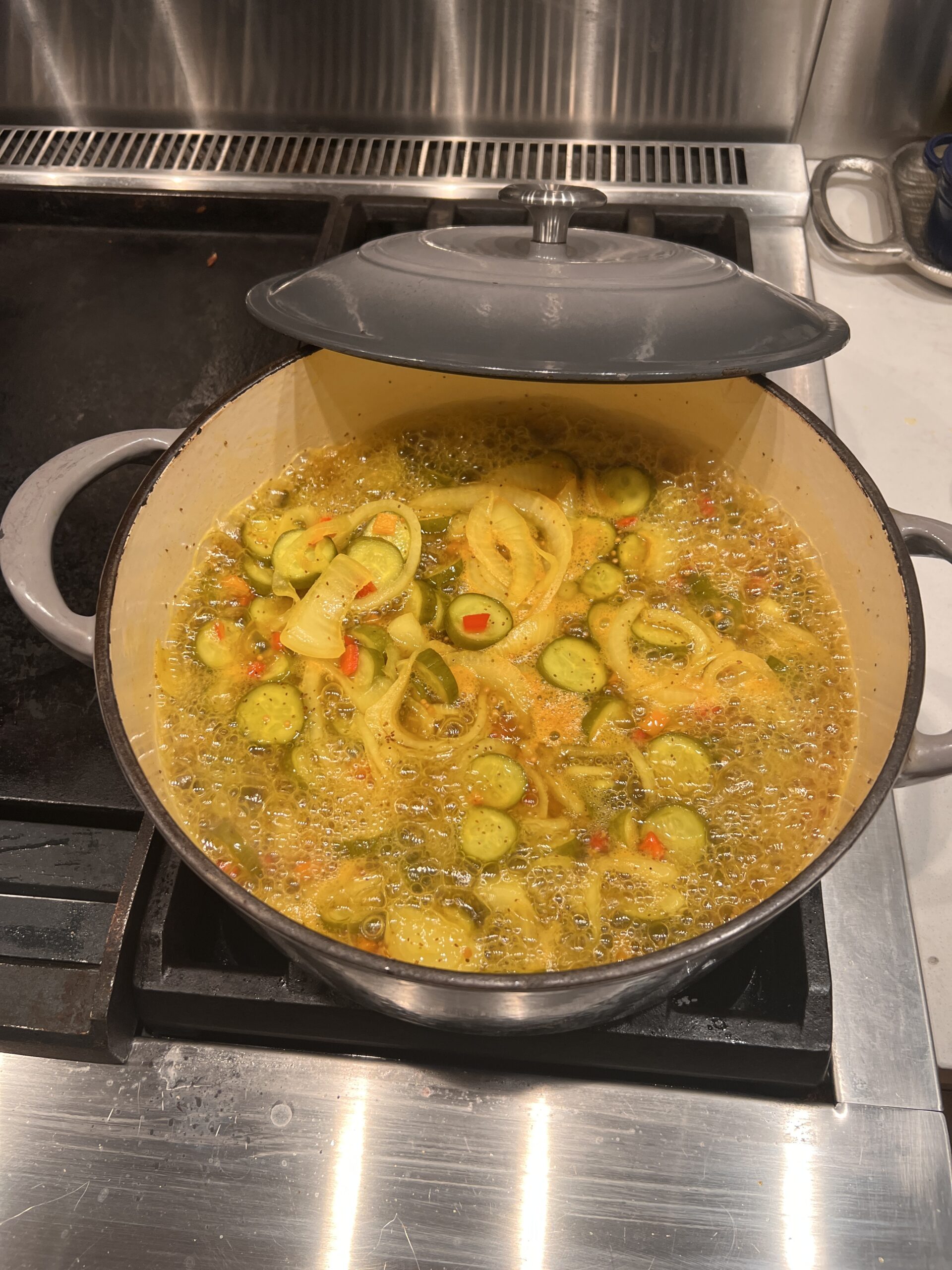
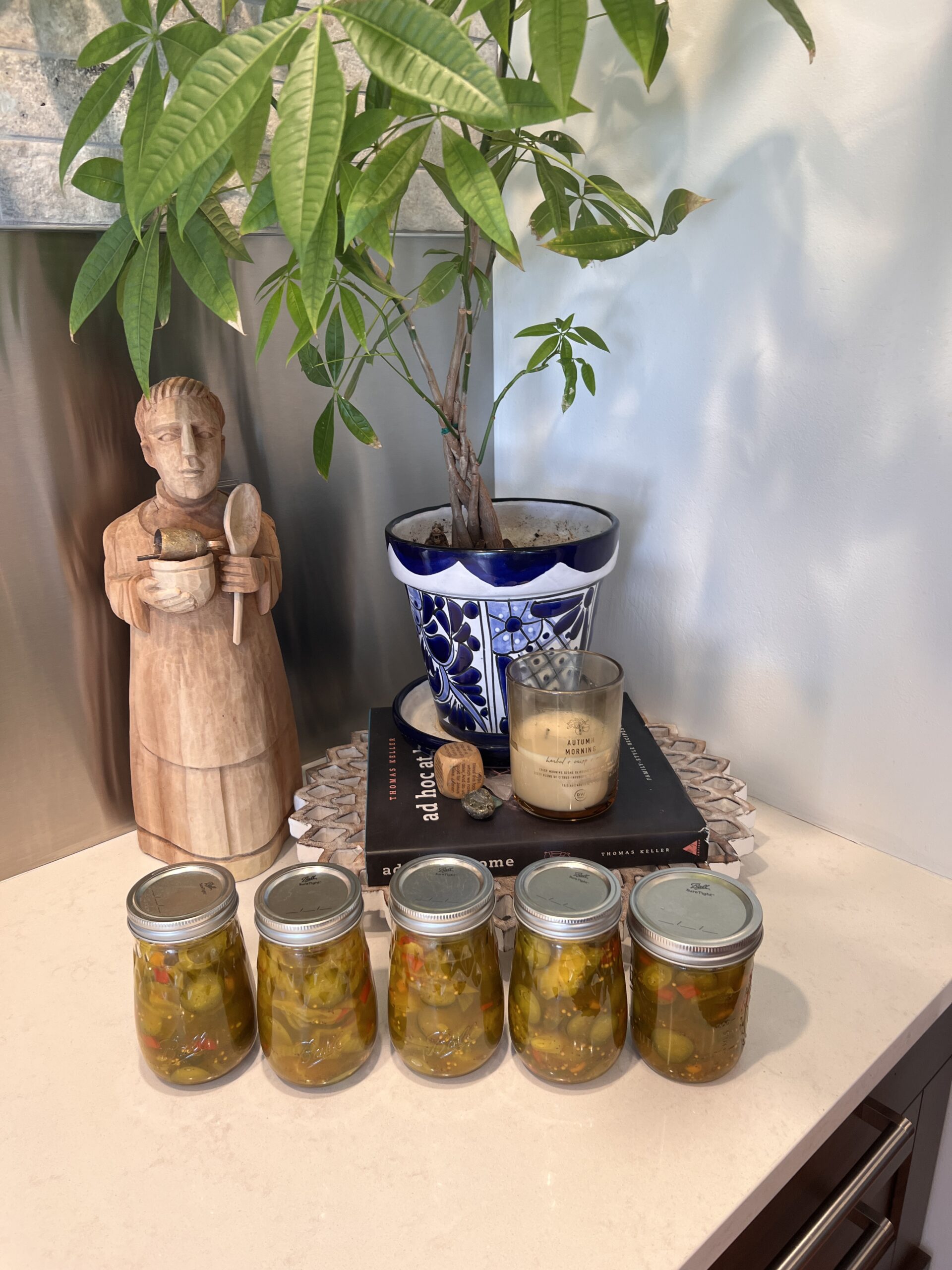
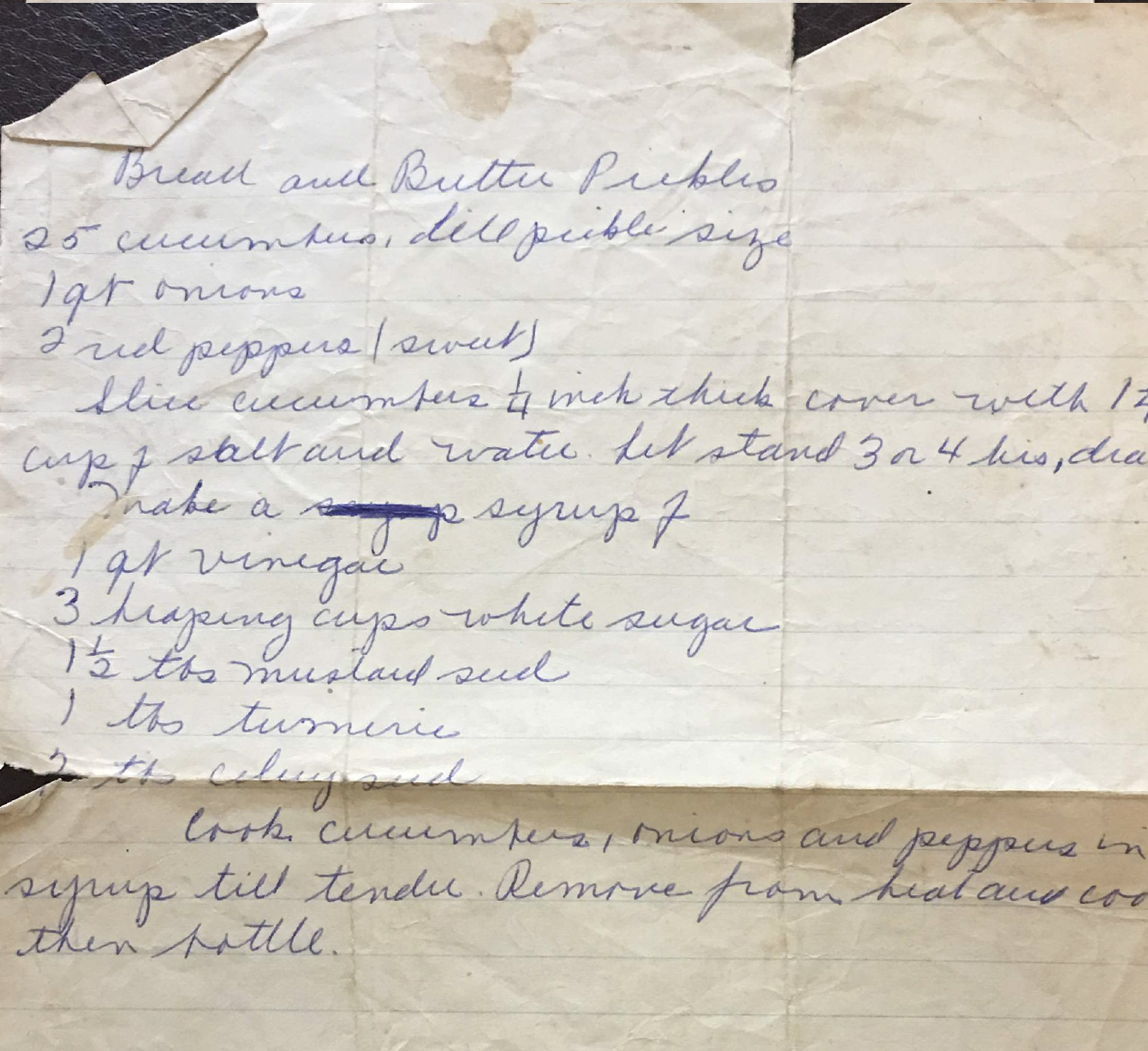
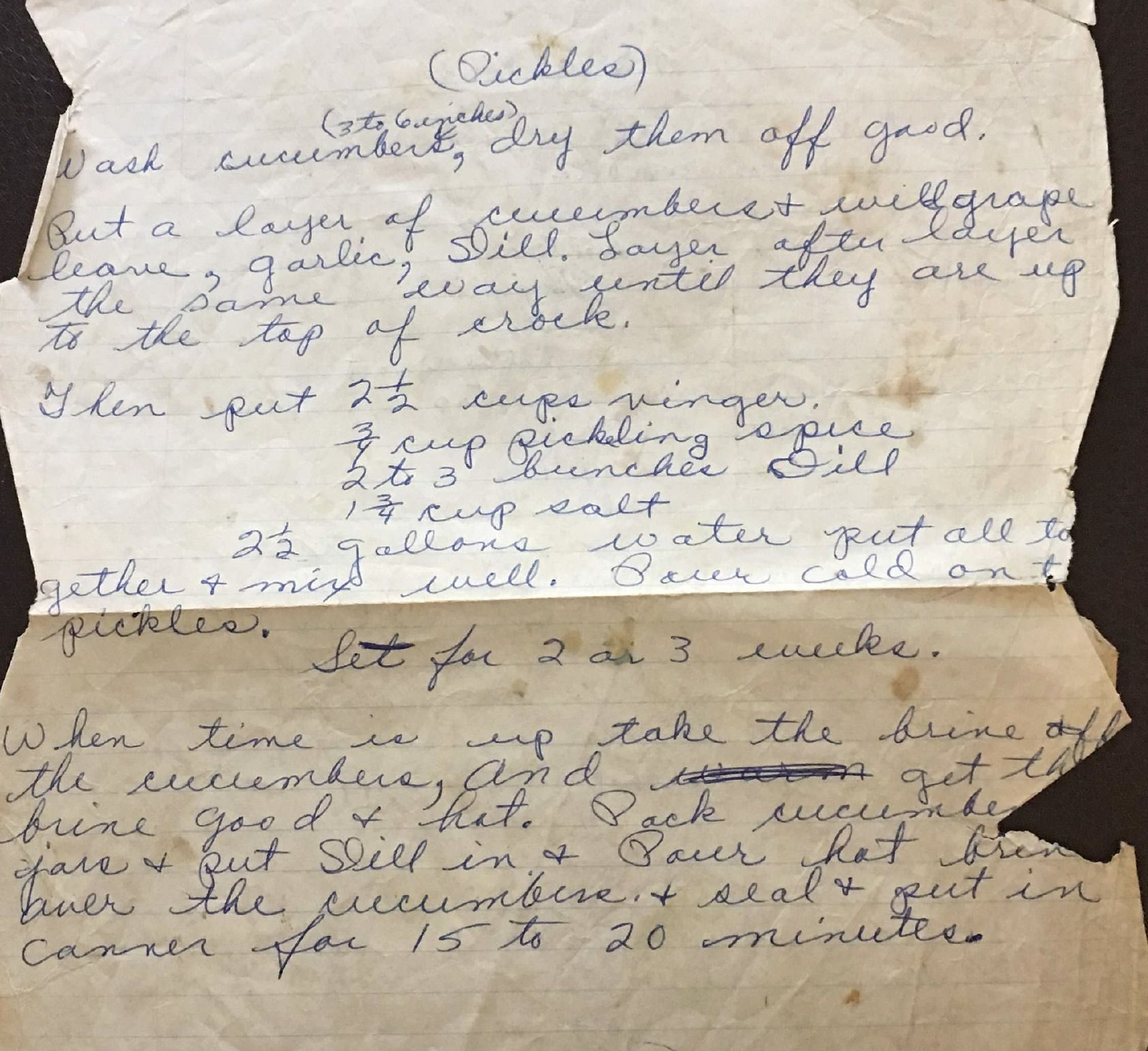
Disclaimer: We are an affiliate of many companies, which means that we may receive a commission if you click on our affiliate link and make a purchase. However, this does not affect our reviews and comparisons. We strive to provide honest opinions and recommendations based on our own experiences and research. Any product claim, statistic, quote, or other representation about a product or service should be verified with the manufacturer, provider, or party in question.
